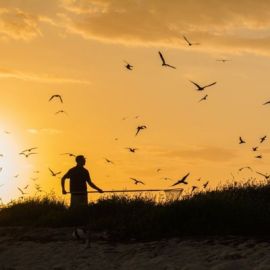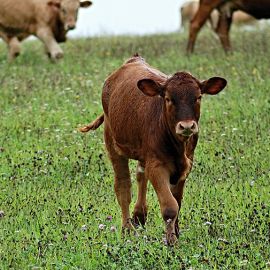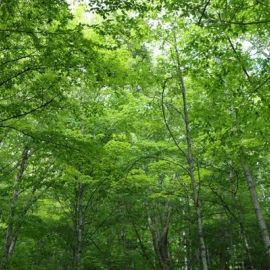
by Erika Zambello
I stood atop Yampah Hill with Kerstin Wasson, Research Coordinator for the Elkhorn Slough National Estuarine Research Reserve (ESNERR). A large tidal creek wove through the marsh grass, its arms snaking…
Read more
by Joe Cutler
Crowds of people funneled past me as I unloaded my sampling equipment from the back of a taxi in Cameroon’s Kumba Market. The driver helped me pull my gear from the trunk: a huge backpack, a sack of gillnets,…
Read more
by Erika Zambello
Birders had their binoculars and checklists ready on May 13 for the annual Global Big Day, and I was one of them. Armed with my eBird phone app, which allows me to record when and where I see specific…
Read more
by Laurel Mundy
I grew up drawing animals. Birds, bugs, whales, my cat, anything you can think of, including animals that didn’t exist. My best friend and I would sit for hours doing nothing else.
Read more
by Ryan Huang
Life as a bird is hard. Life as a seabird can be really hard. Seabirds spend the vast majority of their time in a habitat that provides no drinkable water or shelter, a place that can be as vast and empty…
Read more
by Sarah Abdelrahim
Humans interact with other animals in a number of ways. When we think about other animals, we might think about our pet dogs, the squirrels we see in our backyards or the giraffes we visit at the zoo.…
Read more
by Jacqueline Gerson
“Dip your hand in the water!” I yelled over the crash of whitewater, and then a few seconds later, “Now try it again!”
Read more
by Madison Toonder
Oysters are bivalve mollusks that provide shelter and food for a variety of organisms, all while improving water clarity and quality through filtration. Oyster reefs formed by aggregations of shells are…
Read more
by Erika Zambello
I disembarked at Guana Tolomato Matanzas National Estuarine Research Reserve (mercifully abbreviated to GTM NERR) with a group of practitioners, researchers and ecologists from around the world. The group…
Read more
by Erika Zambello
Apalachicola Bay has long been famous around the world for its thousands of acres of oyster beds. In fact, in the past, 90 percent of Eastern oysters served in Florida were from Apalachicola.
Read more
by Erika Zambello
Wells Reserve on the coast of Southern Maine was designated in 1984 and encompasses 1,600 acres. The reserve staff facilities sit within beautifully restored farm buildings.
Read more
by Torrin Hallett
Having just completed my third year as a music composition, horn performance and mathematics student at Oberlin College and Conservatory, I left my tiny dorm room and musician friends in Ohio to spend…
Read more
